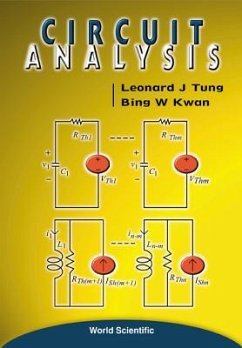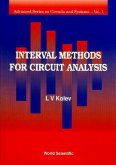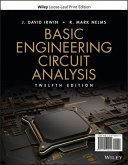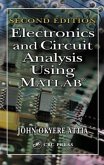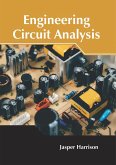This volume is intended as a textbook for a first course in electrical engineering. It is divided into two parts, for a two-semester coverage. The first part deals with circuit elements, resistive circuits, circuit theorems, circuit topology, and the state-variable method. The presentation of the state-variable method is a special feature. The authors believe that the natural way to analyze RLC circuits is to use the state-variable method rather than second- or high-order ordinary differential equations. By choosing capacitor voltages and inductor currents in an RLC circuit as state variables, the so-called state equations can by systematically obtained through network topology. Of particular interest is the approach employing Thevenin's theorem and Norton's theorem to find state equations without using circuit topology. The second part of the book covers sinusoidal stead-state analysis, two-port networks, the Fourier series, the Fourier transform, and the Laplace transform. Great effort has been devoted to presenting the subjects of the Fourier series, the Fourier transform, and the Laplace transform with many practical circuits. Thus, we hope that the reader will be better motivated to learn rather abstract concepts such as complex frequency and frequency response.
Hinweis: Dieser Artikel kann nur an eine deutsche Lieferadresse ausgeliefert werden.
Hinweis: Dieser Artikel kann nur an eine deutsche Lieferadresse ausgeliefert werden.

